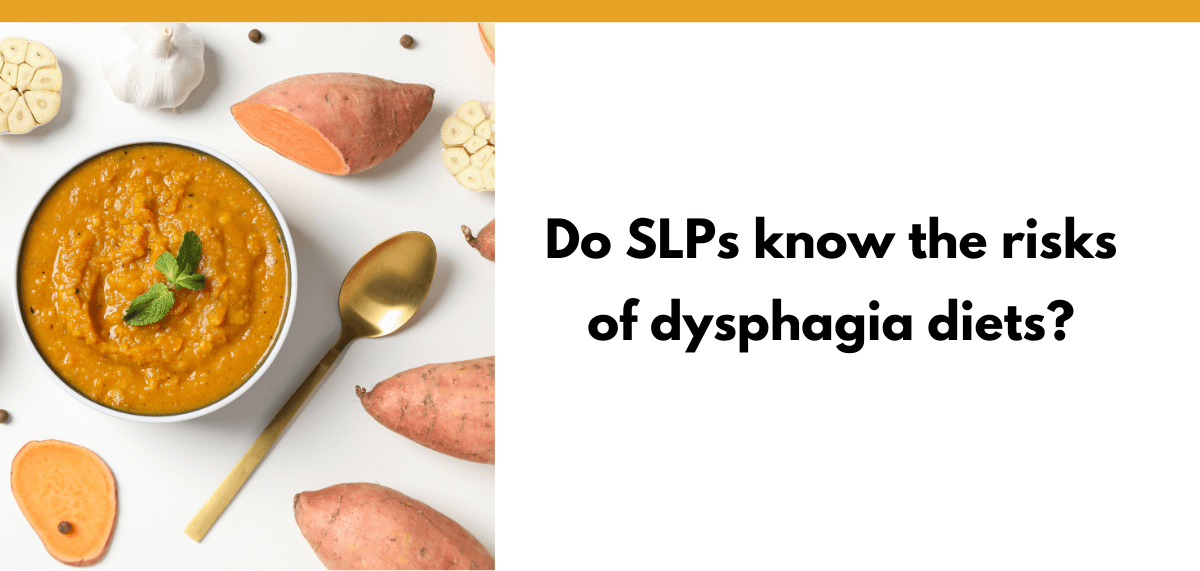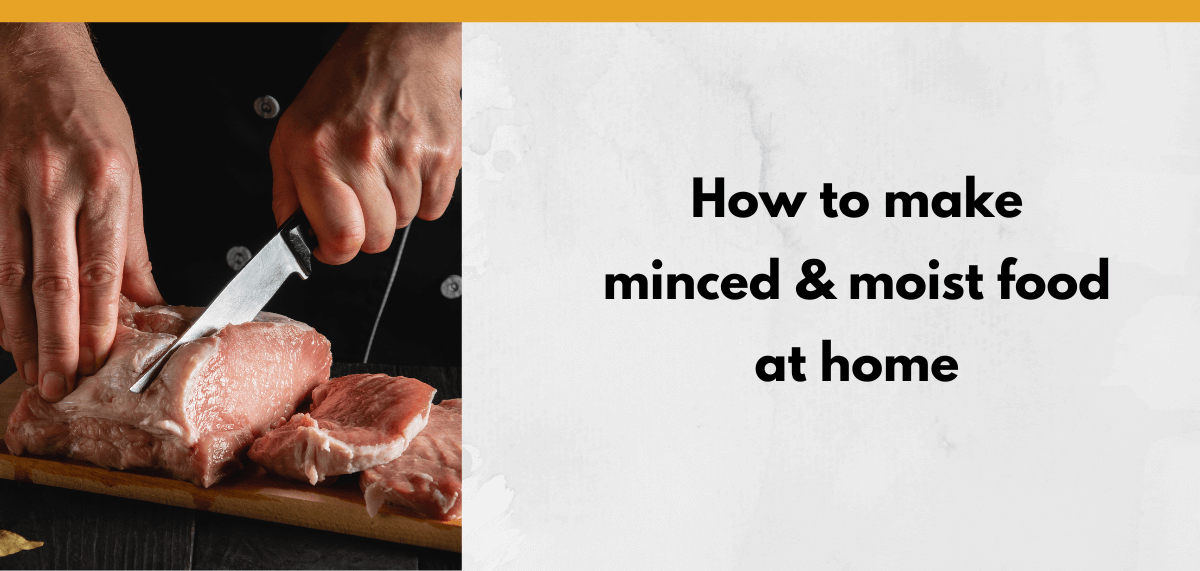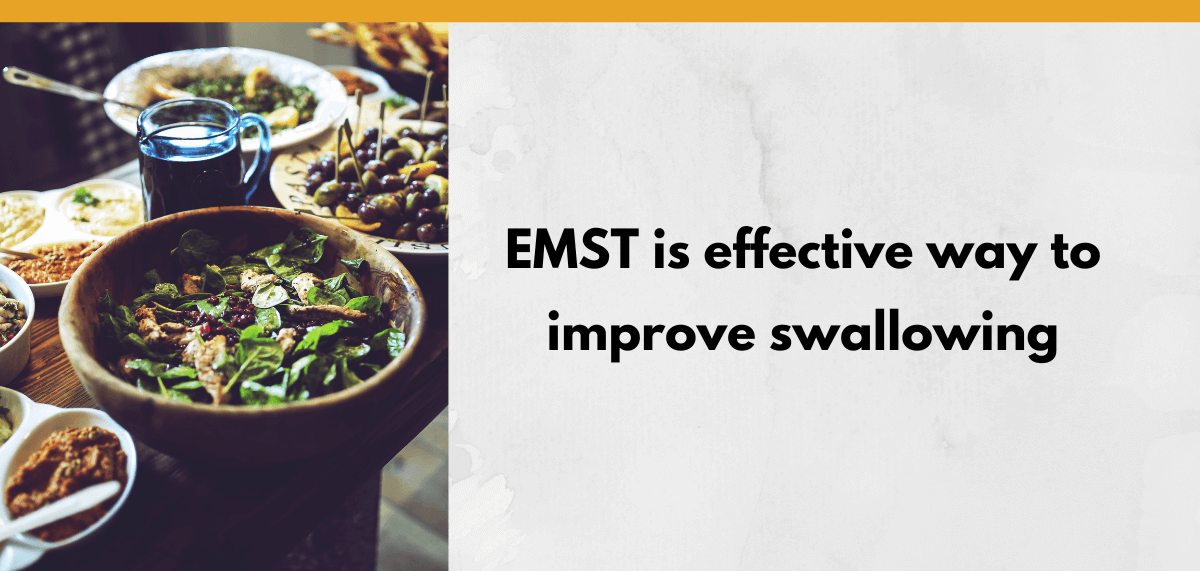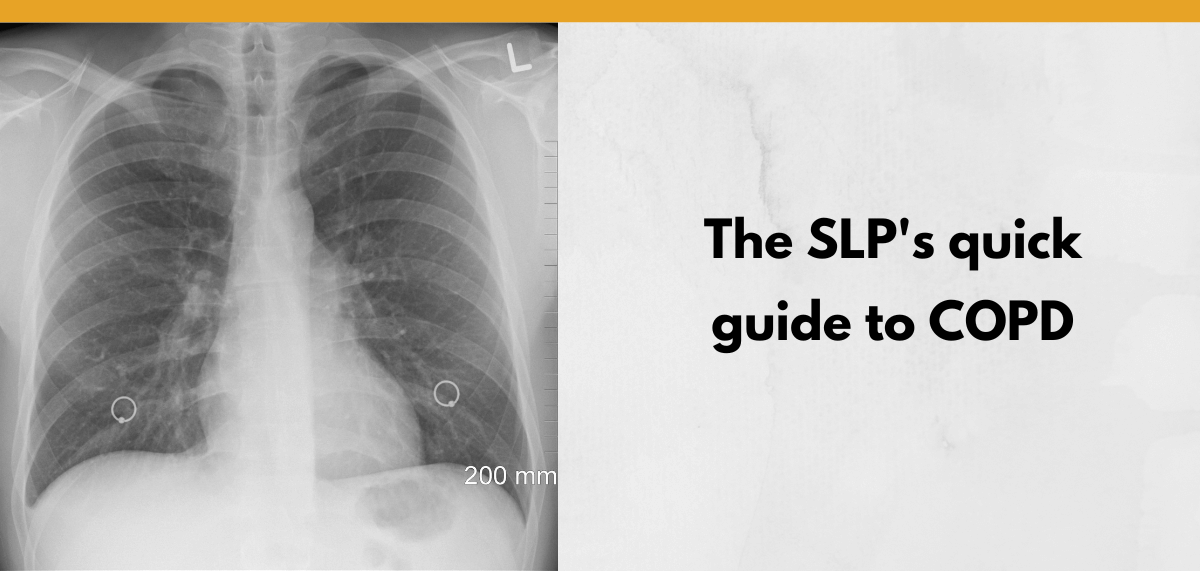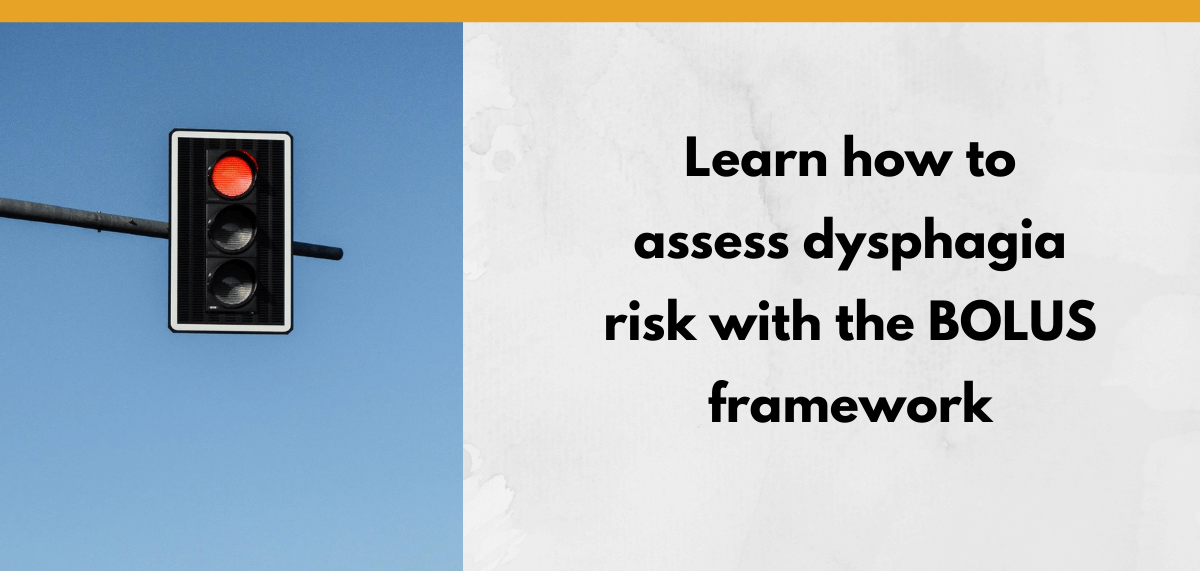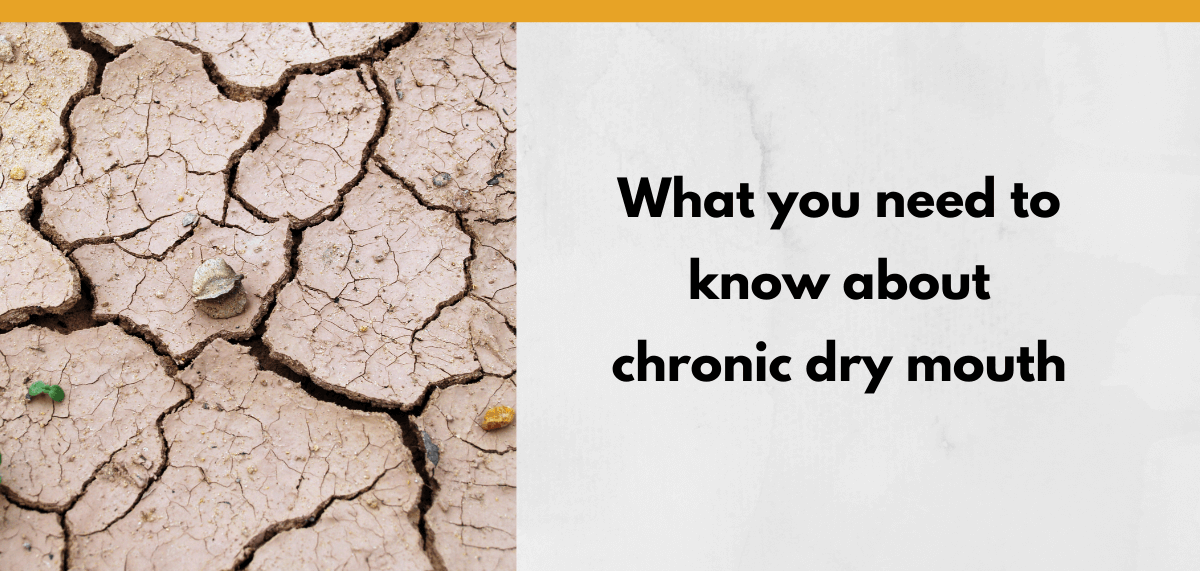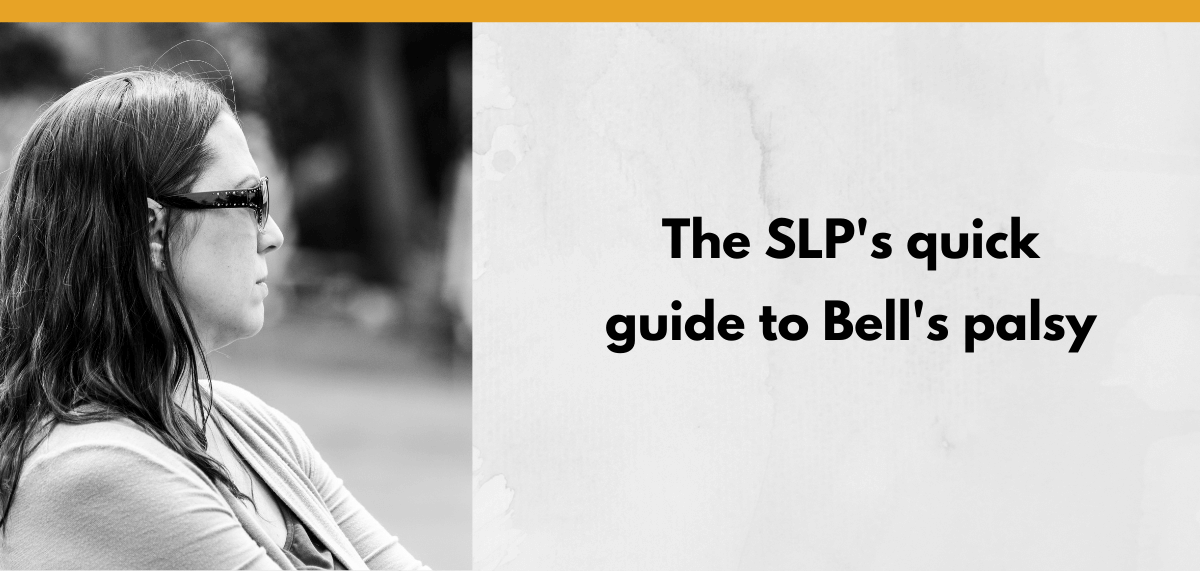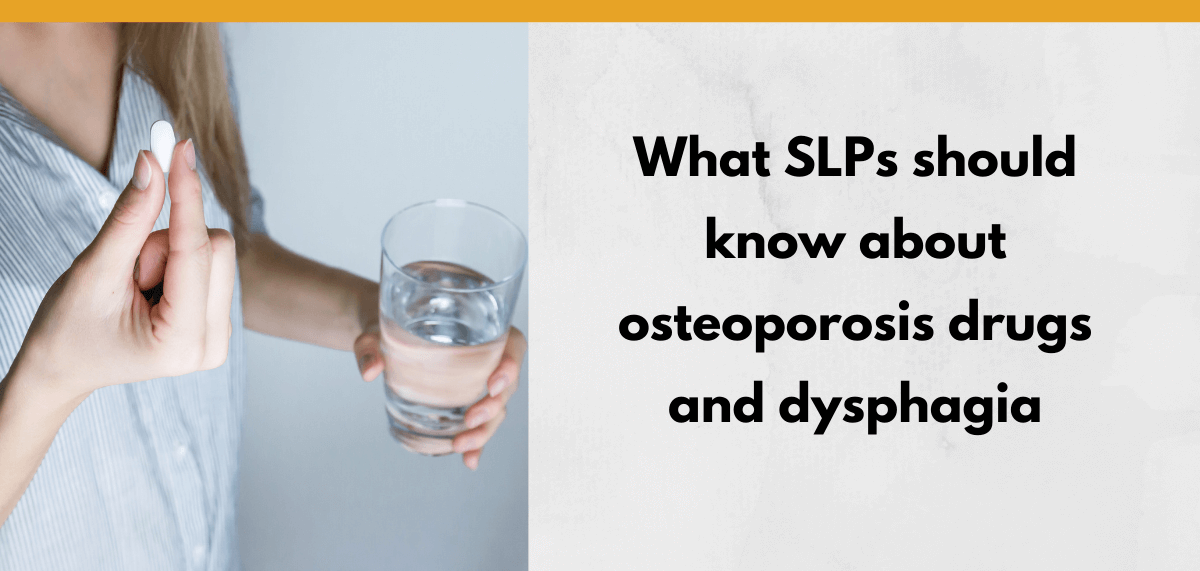My goal is to raise awareness of the risks of dysphagia diets so that SLPs can better support patient autonomy and ethical-decision making. I’m discussing key findings from a survey…
Category: <span>Eat (swallowing)</span>
Learn how to make minced & moist food, a specific diet level of the International Dysphagia Diet Standardization Initiative. The minced & moist diet may be prescribed to people who…
Respiratory muscle training (RMT) is a relatively inexpensive and effective way to improve swallowing for certain patients. RMT targets the muscles involved with respiration, which can improve breathing, cough function,…
COPD (chronic obstructive pulmonary disease) is a common lung disease that can severely impact eating and drinking. The SLP can play an important role on the medical team. This topic…
Learn how to use the BOLUS framework to assess the risk of dysphagia-related adverse events. This framework is the work of Phyllis M. Palmer, Ph.D., CCC-SLP at the University of…
Chronic dry mouth, or xerostomia, is a common complaint that speech-language pathologists hear often. In this article, I team up with C. Michael White, Pharm.D., FCP, FCCP from the UConn…
Bell’s palsy is a fairly common disorder that is known for causing weakness on one side of the face. Speech-language pathologists are often asked to assess patients with Bell’s palsy,…
Some commonly used osteoporosis drugs can cause or worsen dysphagia in our patients. In addition, our patients who have dysphagia can have increased risk of harm from taking osteoporosis drugs.…
I’m often asked how to make pureed food taste good. It’s easy to learn how to puree food, but then the question becomes how to get the best flavor and…
A couple of readers recently requested information about how to help an adult with eating and drinking. One person works in a group home caring for adults with developmental disorders,…

